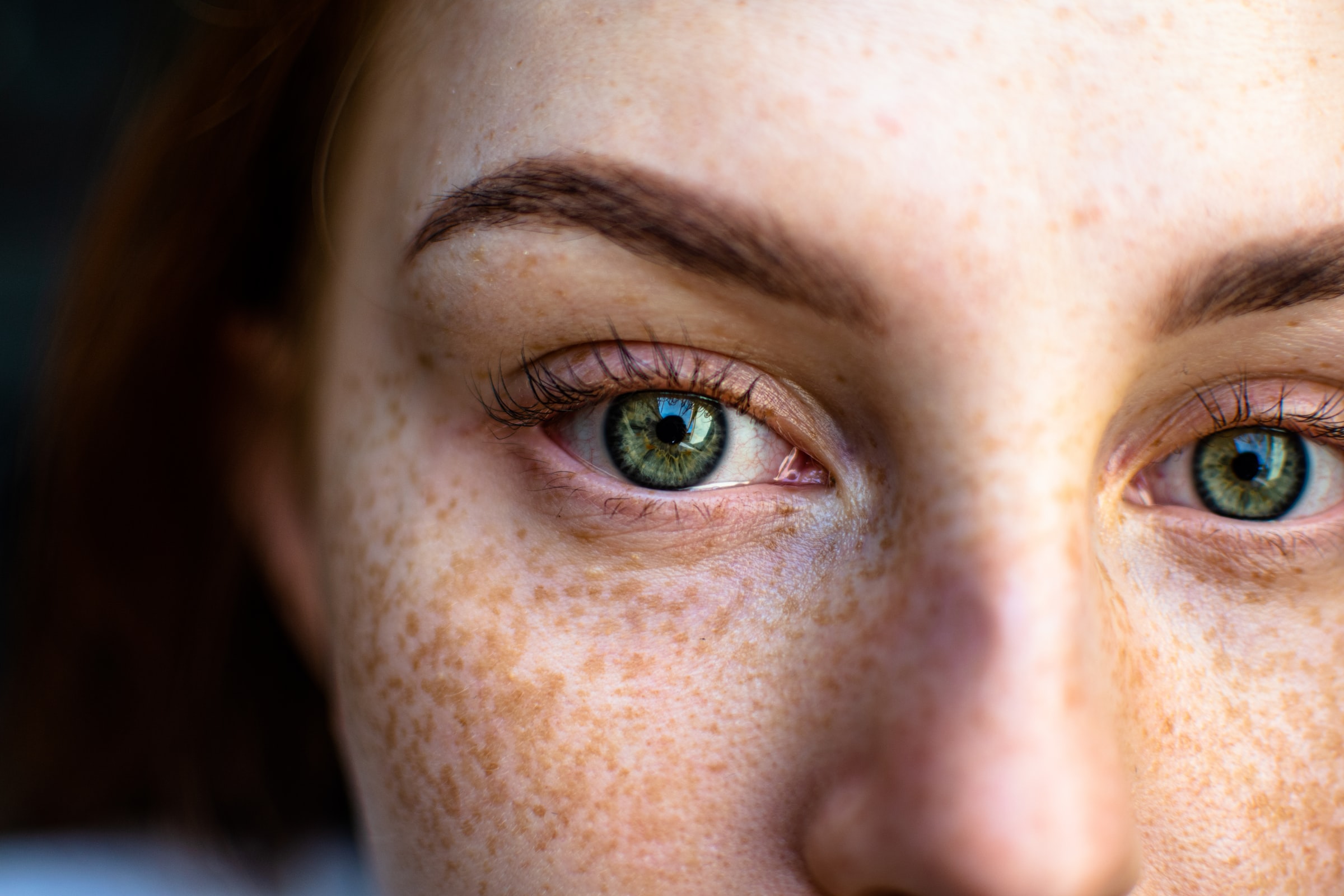Do you find yourself obsessing over features you think are flaws? Perhaps you believe your nose is too big, your eyes are too close together, or your mouth is too wide?
While everyone can be a little critical of themselves from time to time, if you obsess over things you feel are flaws, you may be suffering from body dysmorphic disorder.
On its website, the Mayo Clinic defines body dysmorphic disorder (BDD) as “a type of chronic mental illness in which you can’t stop thinking about a flaw in your appearance — a flaw that is either minor or imagined.
“But. to you, your appearance seems so shameful that you don’t want to be seen by anyone.”
Current statistics estimate that one percent of Americans suffer from BDD. It usually begins early in life and continues for many years before being diagnosed or treated.
“The onset will usually begin in adolescence, but is often not diagnosed or treated until 10 to 15 years later. Men are as likely to develop body dysmorphic disorder as women,” said Pam Kasinetz, MSW, a psychotherapist and clinical manager of outpatient services at Thomas Jefferson University’s Department of Psychiatry and Human Behavior in Philadelphia.
Symptoms of BDD
Not surprisingly, the most common symptom of BDD is an obsession over a flaw. Usually, the perceived flaw is about the hair, face, or skin. The nose, in particular, is a common area of concern.
Obsessing over the flaw can last anywhere from hours to days. It can become so extreme that a person suffering with BDD may not even want to leave their home and be seen by others.
Warning signs that should be considered red flags include the following:
- Excessively or continuously touching the face or skin.
- Devoting a lot of time to hiding or camouflaging the flaw with makeup or clothing.
- Regularly seeking out reassurance and frequently comparing body appearance to others.
- Being severely self-conscious to a point that it interferes with school or work.
- Repeatedly seeking cosmetic surgery procedures to address the flaw.
“Individuals with body dysmorphic disorder are often full of shame and hide from others,” says Kasinetz. “They engage in ritualistic behaviors in an attempt to hide the perceived flaw. There is both a preoccupation [with] and avoidance of mirrors. People with body dysmorphic disorder often seek dermatological or cosmetic surgical procedures without satisfaction. And there is a constant need for reassurance by others about the perceived deficit and an avoidance of social situations due to extreme self-consciousness about their appearance.”
Possible causes of BDD
While no definite cause has been identified, there have been correlations of several factors linked with BDD:
- A history of being bullied or teased in childhood
- Suffering from low self-esteem or lack of confidence
- Being high-strung or anxious
- Biological relatives that suffer from BDD
- Having parents that were hyper-critical of appearance
- Suffering traumatic experiences in early childhood
Seeking help for BDD
While some people require medications to address their serotonin levels, many people have found help with cognitive-behavioral therapy (CBT). This type of therapy teaches people to have an awareness of thoughts that are irrational and self-destructive. They also learn approaches for changing thought patterns that are negative and critical. This enables them to replace harmful thinking with positive associations.
Cosmetic surgery is very risky and should never be undertaken lightly. If you or someone you know may be dealing with body dysmorphic disorder, you should seek counseling. Also, consider including “mood boosting” foods in your diet and supplements that are known to help alleviate feelings of anxiety and depression.


